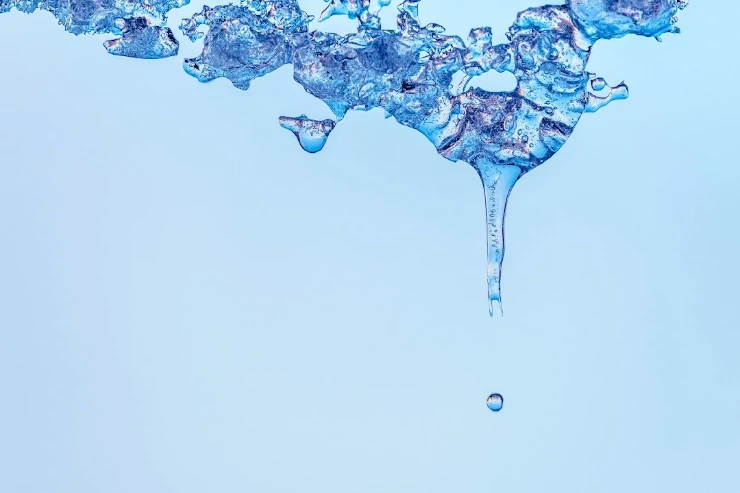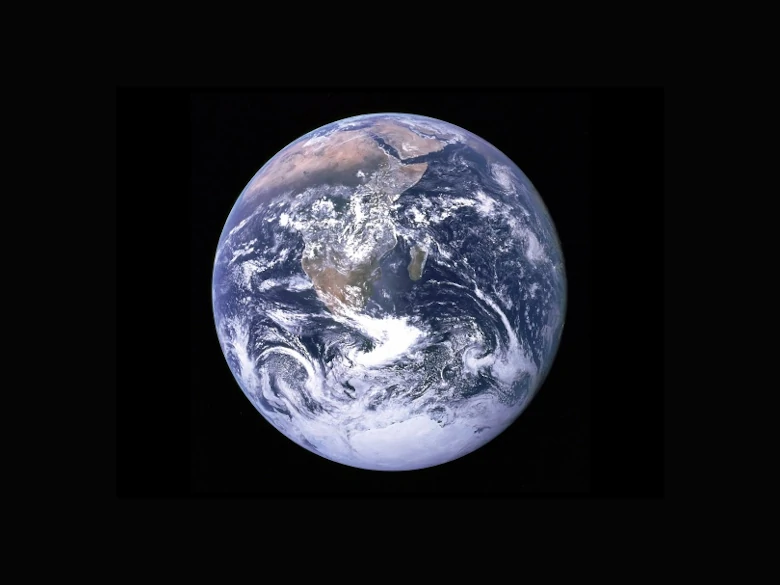Chemical Changes
In the article, the following are the objectives that will be discussed.
- Understand what physical changes and chemical changes are.
- Understand how chemical changes can be represented in word equations.
- Describe the different types of chemical changes.
Physical changes
Physical changes are reversible and do not involve the formation of new substances.
Here are some examples of physical changes:
- dissolving of sugar or salt in water
- change in physical state of matter, such as melting, boiling, evaporation, condensation, and freezing

Image Credits: unsplash.com - victorserban
Chemical changes
Chemical changes are irreversible and involve the formation of new substances. During the process of a chemical change, energy, in the form of heat, light, or both, may be taken in or given out.
Here are some examples of chemical changes:
- respiration taking place in the mitochondria in the cells
- photosynthesis taking place in the chloroplasts
Chemical changes can be represented by word equations.
\(\small{\textsf{Reactant(s)} \;\xrightarrow[\quad \textsf{ }\quad]{\quad \textsf{condition(s)}\quad}\; \textsf{Product(s)}}\)
Reactant(s) is/are substance(s) present at the start of the chemical reaction.
Product(s) is/are substance(s) present at the end of the chemical reaction.
Condition(s) is/are written on top or below the arrow, where they are factors that are required in order for the reaction to take place.
Here is an example of a word equation representing photosynthesis:
\(\small{\displaystyle{\textsf{Carbon Dioxide + Water} \;\xrightarrow[\;\textsf{chlorophyll}\;]{ \textsf{light energy}}\; \textsf{Glucose + Oxygen}} }\)
There are four factors that can bring about chemical changes:
- heat
- oxygen
- light
- electricity
- mixing of two or more substances
Chemical change involving heat
An example of a chemical change involving heat is the thermal decomposition of copper(II) carbonate. Thermal decomposition is a process in which a substance is broken down into two or more simpler substances by the effect of heat.
Upon the decomposition of copper(II) carbonate, in the presence of heat, copper(II) oxide and carbon dioxide are formed.
Chemical change involving oxygen
Oxidation is a process in which a substance reacts with oxygen. Examples of oxidation include combustion and cellular respiration.
Combustion refers to the combination of a substance with oxygen in the presence of heat, producing one or more new substances. When petrol undergoes combustion, carbon dioxide, and water vapour are released. A lot of energy is also released in the process, which can be used to move vehicles.
Cellular respiration is the process in which living cells of plants and animals take in oxygen to release the energy stored in glucose.
Chemical change involving light
An example of a chemical change involving light is photosynthesis.
Photosynthesis is the process in which green plants make food in the presence of light.
\(\small{\textsf{Carbon Dioxide + Water}} \;\xrightarrow[\;\textsf{chlorophyll}\;]{ \textsf{light energy}}\; \small{\textsf{Glucose + Oxygen}} \)
Chemical change involving electricity
Examples of chemical changes involving electricity include electrolysis and electroplating.
Electrolysis is the chemical decomposition of substances with the passage of an electric current. It can be used to break down water into hydrogen and oxygen.
Electroplating is the process in which a substance is coated with a metal with a passage of an electric current. It is often used in the making of coins, where a thin layer of metal is coated on the coins to make them more attractive. It also prevents the metal from rusting.

Image Credits: unsplash.com - ameliaspink
Chemical change involving the mixing of two or more substances
Chemical changes can also involve the mixing of substances. A common example involving the mixing of substances is neutralisation, where an acid is reacted with a base to form salt and water.
Test Yourself
Which of the following examples is combustion?
Combustion refers to the combination of a substance with oxygen in the presence of heat, producing one or more new substances.
Burning a piece of paper requires the presence of oxygen, which in turn produces soot (carbon), carbon dioxide, and water. Hence, this is an example of combustion. When silver iodide is exposed to light, it decomposes to form silver and iodine.
The heating of copper(II) carbonate is known as thermal decomposition, producing copper(II) oxide and carbon dioxide. Photosynthesis is the process in which green plants make food in the presence of light.
Oxygen is a product of photosynthesis, instead of a reactant.
Which of the following examples is not oxidation?
Oxidation is a process in which a substance reacts with oxygen. Respiration requires oxygen and glucose, to produce carbon dioxide and water. When carbon is burnt in the presence of oxygen, carbon dioxide is formed. In order for rusting to occur, water and oxygen must be present.
Which of the following is the word equation of electrolysis of water?
Water can be decomposed, using electricity, to produce hydrogen and oxygen.
Which of the following is the word equation of respiration?
I. glucose + oxygen → carbon dioxide + water
II. carbon dioxide + oxygen → glucose + water
III. glucose + water → carbon dioxide + oxygen
IV. carbon dioxide + water → glucose + oxygen
In respiration, glucose and oxygen are used to produce carbon dioxide and water. This reaction takes place in the mitochondria present in cells.
Which of the following is the word equation of photosynthesis?
I. glucose + oxygen → carbon dioxide + water
II. carbon dioxide + oxygen → glucose + water
III. glucose + water → carbon dioxide + oxygen
IV. carbon dioxide + water → glucose + oxygen
Photosynthesis is the reverse reaction of respiration. In photosynthesis, carbon dioxide and water are used, in the presence of light energy and chlorophyll, to produce glucose and oxygen.


 SG
SG  VN
VN 











